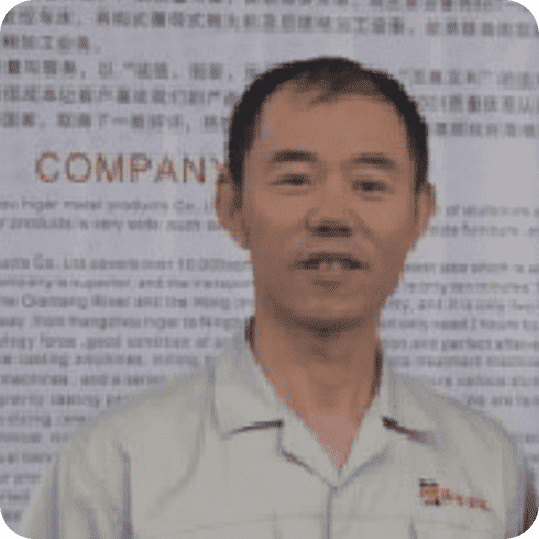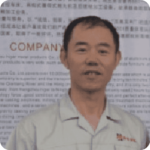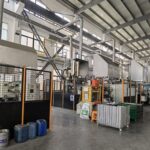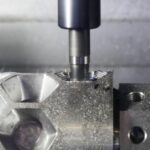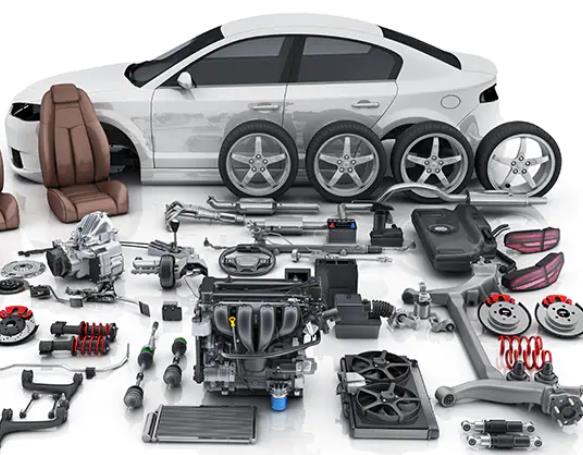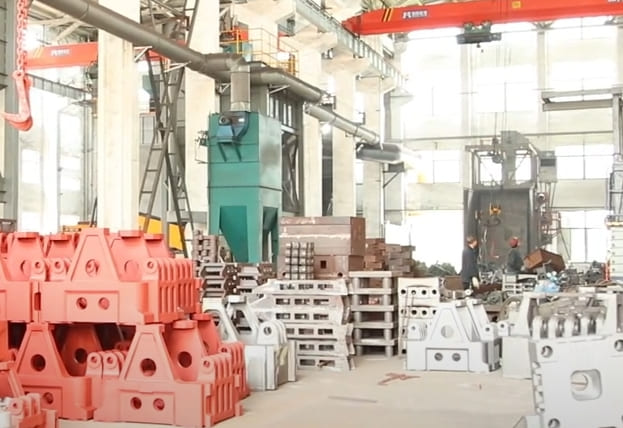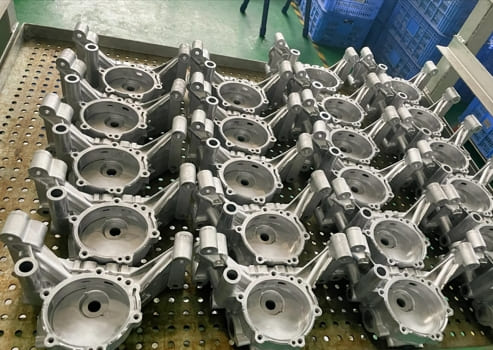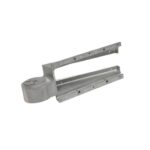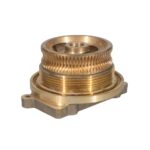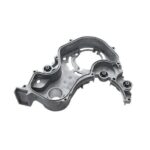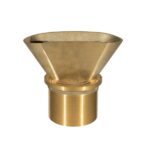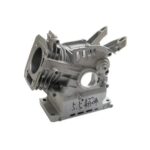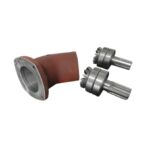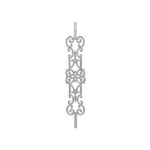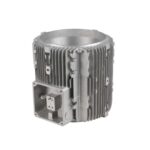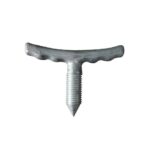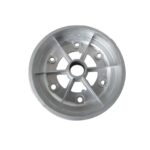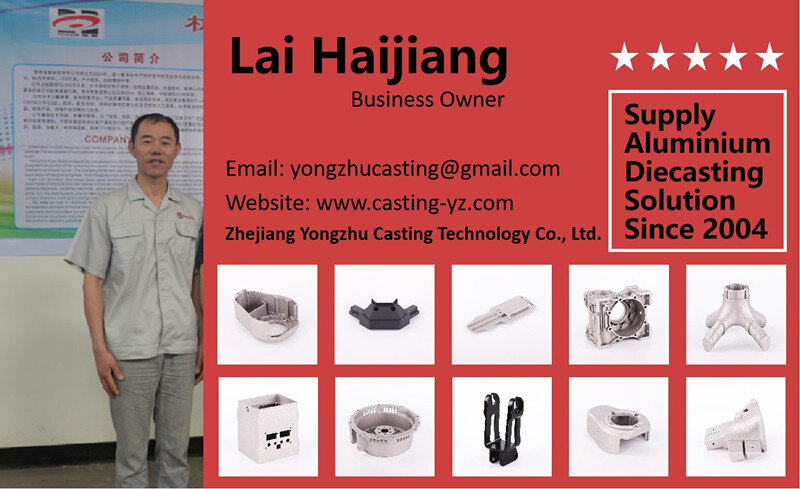
In the world of material processing, laser engraving and laser etching stand out for their precision, versatility, and efficiency. This guide delves into the nuances of these techniques, helping you choose the most suitable method for your specific needs.
Understanding Laser Engraving
Laser engraving is a subtractive manufacturing method that uses a laser beam to remove material from the surface, creating deep marks. This technique is ideal for applications requiring durability and depth, such as barcodes and serial numbers that must withstand harsh conditions.
The Essentials of Laser Etching
Laser etching, a subset of laser engraving, involves melting the surface of the material to create a raised mark. It’s characterized by its high speed and ability to mark materials of varying hardness. Etching is particularly suitable for applications where a high-contrast finish is desired without compromising the material’s integrity.
Key Differences and Applications
While both techniques use lasers to mark materials, their applications and outcomes differ significantly:
- Depth of Mark: Engraving offers deeper cuts compared to the shallower marks produced by etching.
- Durability: Engraved marks withstand harsh environments better, making engraving the go-to choice for outdoor applications.
- Material Compatibility: Etching works well on a broader range of materials, including metals, plastics, and ceramics.
- Speed and Efficiency: Etching is faster, making it ideal for high-volume projects.
Making the Right Choice
The decision between laser engraving and etching depends on several factors, including the desired durability of the mark, the material being processed, and the specific requirements of your project. Engraving is preferred for long-lasting marks in demanding environments, while etching is suited for fast, efficient marking with high contrast.
Conclusion
Choosing between laser engraving and etching involves understanding each method’s strengths and applications. By considering the specifics of your project, including material type, desired outcome, and durability requirements, you can select the technique that best meets your needs, ensuring high-quality, precise results.
Drop me an email with your ideas, and I’ll get back to you swiftly!

